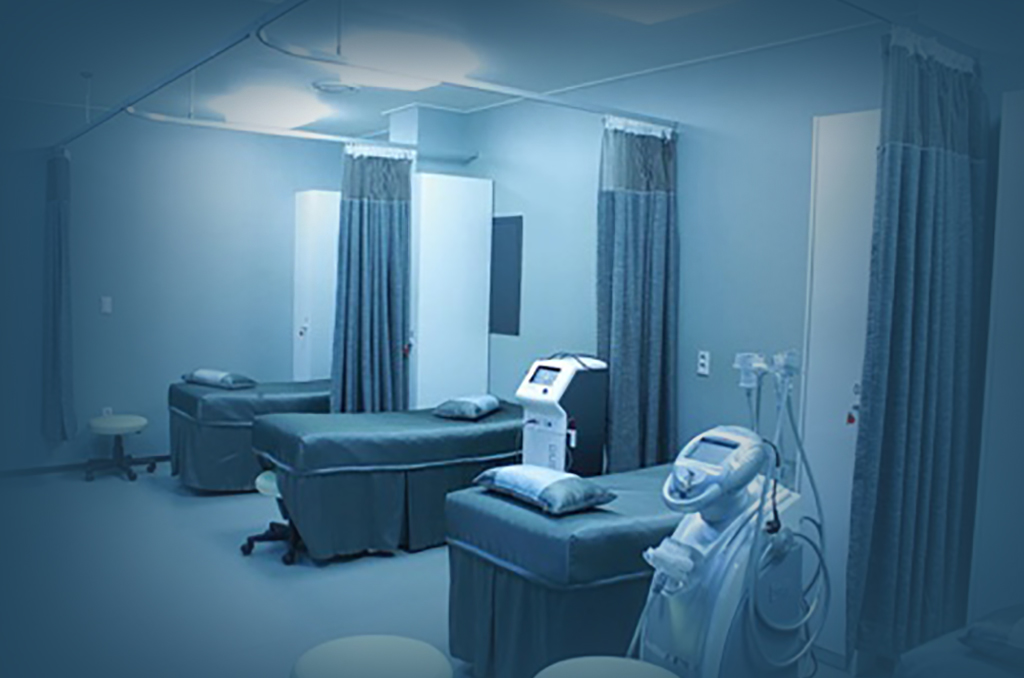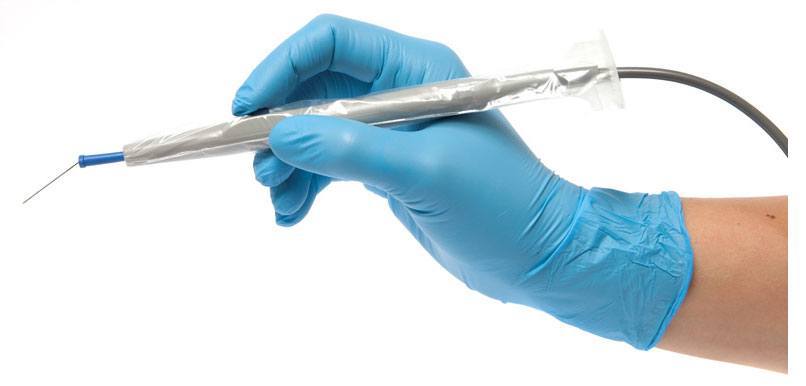3 Most Common Hospital Borne Diseases: Stay Aware of the Dangers
A hospital manager must ensure that all employees and patients are as safe as they possibly can be. That is not an easy task, however, especially on account of the fact that hospitals are, by definition, a place for germs! Of course, thanks to technology and widespread knowledge, hospitals have become much safer than they used to be just a decade ago. It is possible now to welcome patients and renounce the germs, although it isn’t still as easy as it seems.

One of the main weapons against fighting infections and disease is knowledge of them, and today, we are going to highlight three of the most common hospital-borne diseases, HAIs, that affect hospital workers and patients in the United States even today.
Urinary Tract Infections from Catheters
The chance of getting an infection from a catheter insertion is so high that doctors will try to avoid the procedure, as best as they can. However, that’s not always an option, which is why UTIs caused by catheter insertions remain on top of the Hospital Acquired Infections list. Certain factors which increase the risk of contracting a catheter-related UTI are as follows:
- Duration, or the number of days/hours the catheter was kept in
- Gender: females are more susceptible to catheter-associated UTIs than males
- Procedure: the opening of an enclosed system and efficiency of it
- Diabetes mellitus: this increases the chances of getting a UTI significantly
- Suboptimal aseptic techniques: basic hand hygiene plays an immensely important role in such scenarios
- Patients with indwelling bladder catheters have a high rate of fungal UTI developments
Diarrhea
Diarrhea is not as much of a disease, as it is a symptom, which basically makes it symptomatic to a number of HAIs unfortunately. Diarrhea, as a result, isn’t helpful at all in the determination of the disease itself. However, waterborne bacterial and amoebic stomach infections are among the most common causes of diarrhea. Fortunately, it’s easy to avoid waterborne diarrhea, by practicing a few simple tips:
- Municipal and hospital tap water sources are not guaranteed for safety; use a water filtration system
- Ensure the filters/cartridges/layers are changed in time, or perhaps before time, given the location
- The inside and inlets of the filtration system should not be accessible by anyone except authorized staff
Visit the Discount Filter Store and find an appropriately sized commercial-grade, inline water filtration system, which meets all the criteria of the US Water Quality Association, but at an affordable rate.
Hospital-Acquired Pneumonia
Any instance of pneumonitis can be given the title of hospital-acquired pneumonia because it’s not a special strain of the bacterial lung infection, but rather a common occurrence in hospitals. After UTIs, HAP is the most common nosocomial infection, but unlike the former, pneumonia can be far more deadly for seniors, super-seniors and young children with compromised immune systems.
It is not yet possible to guarantee the safety of direct medical workers and patients from HAIs, irrespective of the hospital manager’s best initiatives. However, reduced chances seen by adopting methodic elimination procedures are good enough to bring serious incident numbers down severely.


